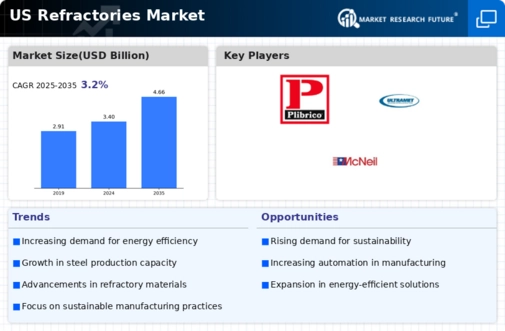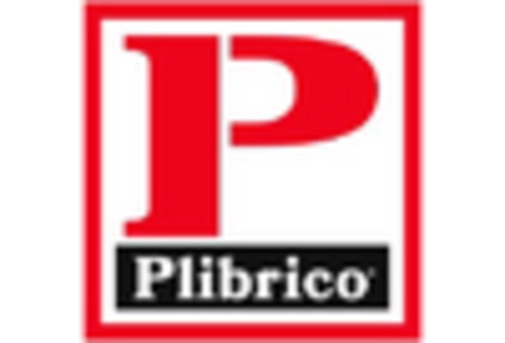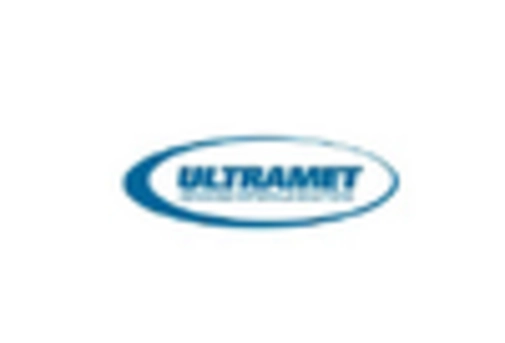Market Analysis
In-depth Analysis of US Refractories Market Industry Landscape
The US refractories market is undergoing dynamic changes shaped by a combination of factors that influence both the supply and demand sides of the industry. Refractories, heat-resistant materials crucial in high-temperature industrial processes, find applications in sectors like steel, cement, glass, and petrochemicals. The market dynamics are characterized by technological advancements, industrial activities, globalization, and the evolving landscape of high-temperature industries.
Technological advancements contribute significantly to the dynamic nature of the US refractories market. Innovations in materials science and manufacturing processes enhance the properties and performance of refractory products, allowing them to withstand extreme temperatures, chemical corrosion, and mechanical stress. Ongoing research and development efforts focus on developing advanced refractories that offer superior thermal insulation, longer lifespan, and improved resistance to harsh industrial conditions. These technological advancements influence the efficiency and effectiveness of high-temperature processes across various industries, shaping the market dynamics.
Industrial activities, especially in sectors like steel and cement production, play a pivotal role in shaping the market dynamics of refractories in the US. The demand for refractories is closely tied to the production levels and expansion projects within these high-temperature industries. As the construction and infrastructure sectors thrive, the need for refractories in manufacturing processes, such as steelmaking and cement production, increases. Economic conditions and industrial investments directly impact the consumption patterns of refractories, influencing the overall market dynamics.
Globalization is a key factor influencing the US refractories market dynamics. The interconnected nature of the global economy exposes the market to international competition and supply chain dynamics. Manufacturers are affected by global trends in raw material prices, trade policies, and competition from overseas suppliers. Additionally, as high-temperature industries expand globally, the demand for refractories in emerging markets influences the overall market dynamics, creating both challenges and opportunities for US refractories manufacturers.
The evolving landscape of high-temperature industries contributes to the dynamic nature of the refractories market. Changes in energy sources, environmental regulations, and technological shifts within industries like steel, cement, and glass impact the types and specifications of refractories needed. The transition to cleaner and more sustainable manufacturing processes drives the development of refractories that can withstand the challenges posed by evolving industrial landscapes. The adaptability of refractories to meet the changing needs of high-temperature industries influences market dynamics.
Competition within the market fosters innovation and efficiency in refractories solutions. Companies are continually striving to differentiate themselves by offering high-quality refractory products, exploring new formulations, and optimizing manufacturing processes. Collaborations between refractory manufacturers, research institutions, and end-users contribute to ongoing research and development, driving innovation and influencing the competitive landscape of the refractories market.
Socio-economic factors, including infrastructure development, construction trends, and industrial investments, contribute to the market dynamics of refractories in the US. As infrastructure projects and industrial activities increase, the demand for refractories in construction materials, steel production, and other high-temperature applications rises. Economic trends and industrial growth directly impact the consumption of refractories, making them an essential component in the development and expansion of critical industries.






Leave a Comment